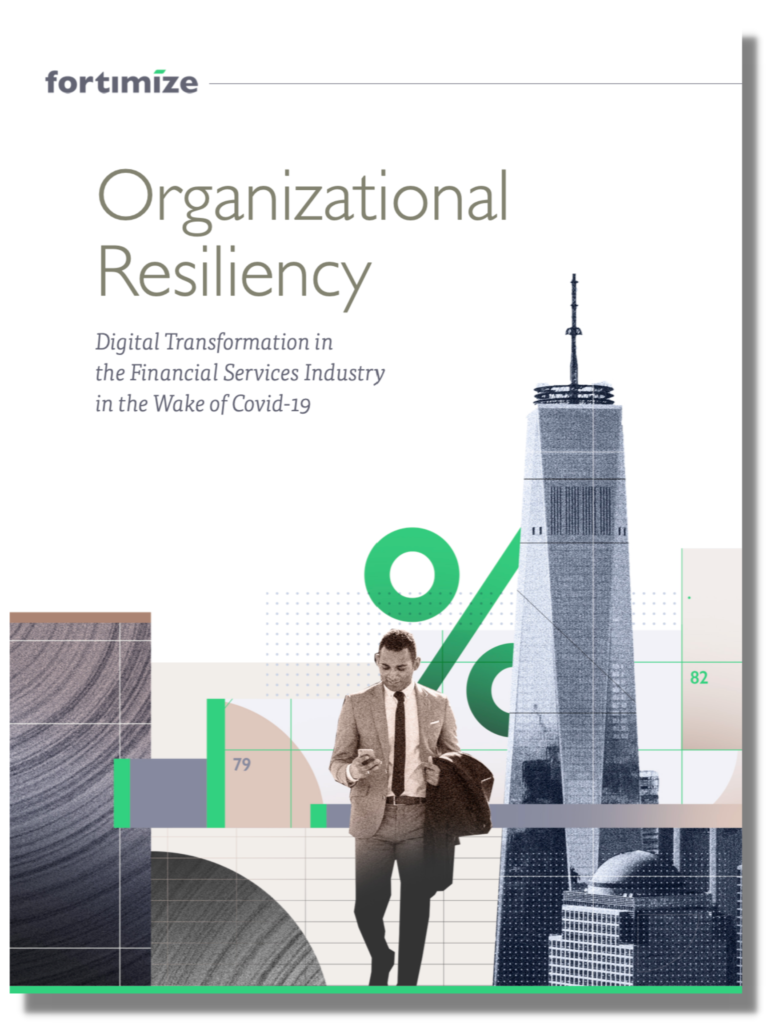Covid-19 brought a whole new meaning to digital transformation because it created a sense of urgency that business leaders had never experienced in their careers. These major changes had the potential to either diverge from any digital transformation efforts or attempt to turn the crisis into an opportunity.
CEOs have recognized that current business models no longer apply in the new normal. They are seeing how agile cultures–organizations that adapt and adopt quickly–are the ones reaching higher levels of performance. What sets high-performing organizations apart is sustainable performance and the ability to scale.
Here are recommendations from CEOs for planning on fine-tuning existing digital transformation plans or are just starting out to create them.
Frame transformation as a higher level of performance – not a project
Minor change programs are often thought of as projects that have an obvious start and end when the mission is accomplished. But that won’t work in a true transformation. In addition to delivering value, CEOs see transformations as the way to accelerate the metabolic rate of decision making and execution within the company, as the start of a never-ending journey to continued excellence.
Set an uncomfortable but inspirational ambition for your leadership team
It is critical to set an extremely high aspiration—not only to show that this transformation is different from previous efforts, but also to orient the company toward a new full potential. This ambition should also incorporate all levers of value creation: margin expansion through revenue, working capital, capital expenditure, and operating cost reduction. The first of these may be the least expected source of transformation value: our research indicates that about 40 percent of the average program’s value delivered comes from growth and top-line topics.
Show true ownership by mandating involvement and getting into the detail
A senior leader’s involvement is the difference between transformation being done to the business rather than by the business.” CEOs dedicate weekly time on ensuring the success of a transformation. The role modeling requires going deep into the minutiae of the business. Research shows that transformations are 5x more likely to succeed if leaders model the change, and 2.5x more likely if leaders spend more than half their time on it. Ambitious targets and timelines in CEO-led transformations require a large team to execute
Build execution discipline from the start by focusing on the immediate activity.
Unsuccessful transformations often struggle because of a perception that “it can’t be done,” “we can’t afford it,” or other limiting mindsets. Successful launches happen when teams avoid dissonance coming from long-term challenges and focus on the immediate next step—creating a catalog of ideas for initiatives. These initiatives can be shaped into a realistic plan with defined financial outcomes and an executable set of milestones.
While understanding the risks and challenges that may arise is important, they don’t all need to be solved in the initial planning phase.
Develop one voice as a leadership team on the transformation
While a transformation’s performance infrastructure may drive results, cultural change underpins the sustainability of the impact. It is essential that top leaders commit to the transformation. Their resolution encourages the incremental effort that thousands of others must make for the transformation to succeed. Leaders have to work individually with each of their team members to bring them along the journey. There’s often a need to reset expectations.
As the financial services industry embarks on the new normal, we can clearly see it includes constant change, speed, scalability, and the ability to adapt and adopt new technology. Digital transformation is all about people, process, and technology. It starts with leadership and is woven into the entire organization. Technology and working with technology partners is the last piece of the puzzle to support, and most importantly, enable change or transformation. It has become increasingly clear that organizations that try to march on without leveraging new technology or technology partners will not succeed. The organizations that embrace change and new technology will create scalable and sustainable growth for years to come.
Learn More
To learn more about digital transformation in the financial services industry in the wake of Covid-19, download our full whitepaper here.
Connect with Fortimize
To learn more about how Fortimize can help your team optimize your digital transformation plans, contact us.
